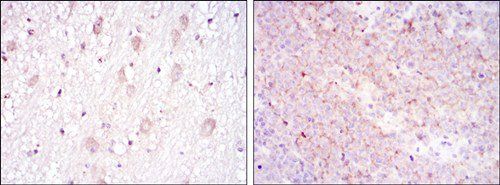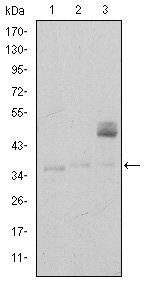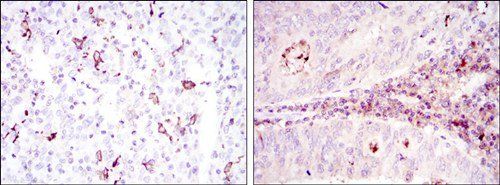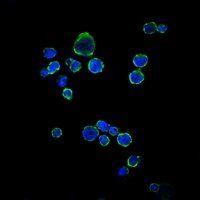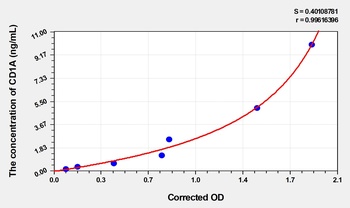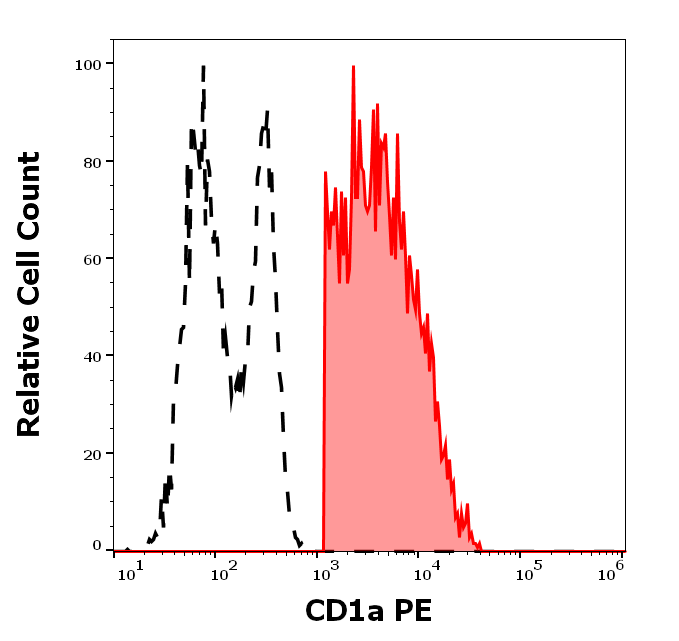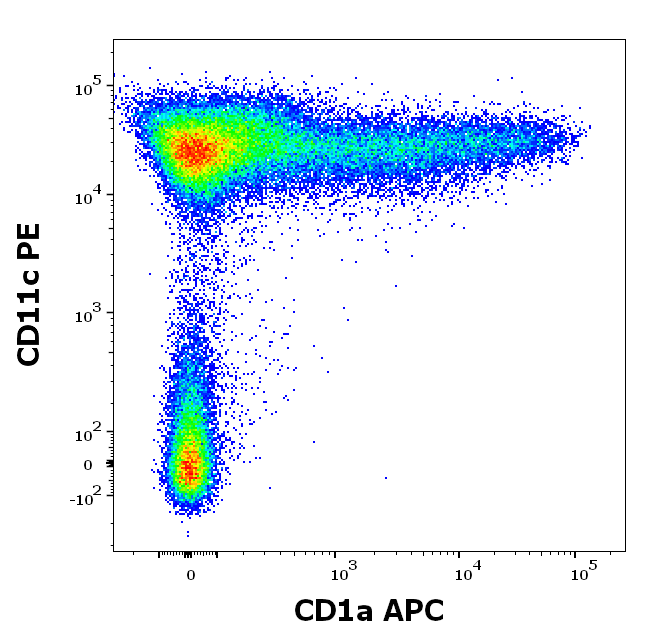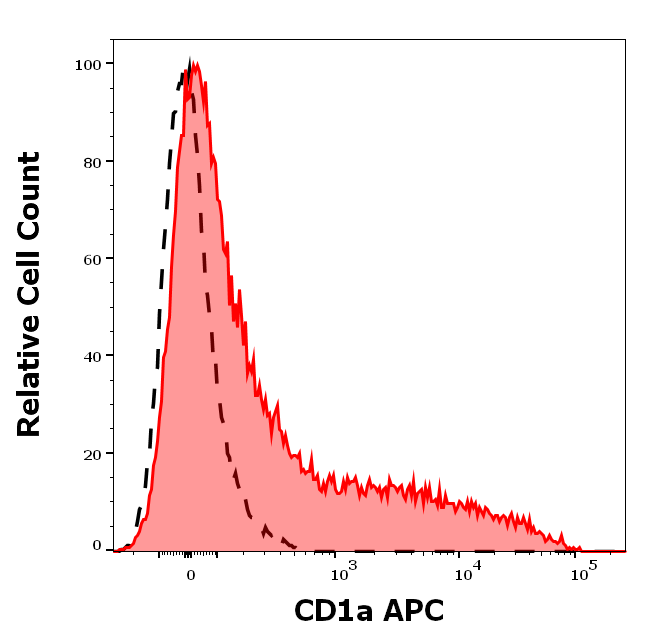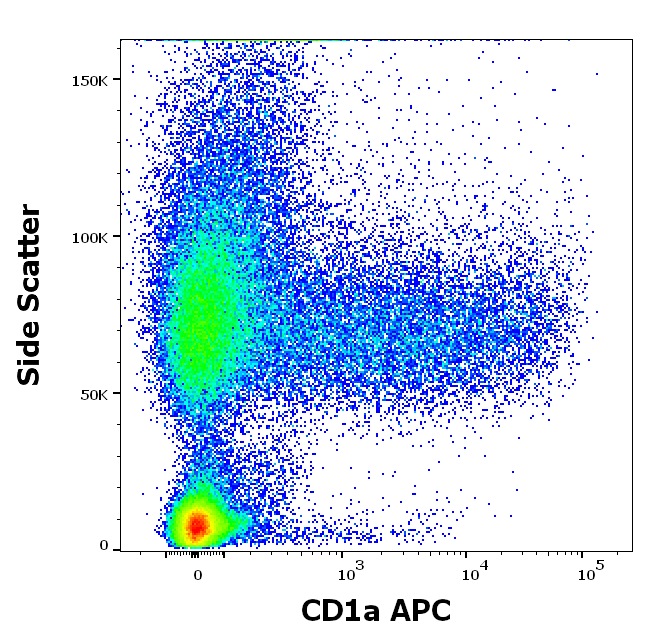You have no items in your shopping cart.
CD1a Antibody
Catalog Number: orb750173
| Catalog Number | orb750173 |
|---|---|
| Category | Antibodies |
| Description | CD1a is a non-polymorphic MHC Class 1 related cell surface glycoprotein expressed in association with Beta-2 microglobulin. |
| Clonality | Recombinant |
| Species/Host | Rabbit |
| Isotype | Rabbit IgG, kappa |
| Conjugation | Unconjugated |
| Reactivity | Human |
| Immunogen | Full length human CD1a protein was used as the immunogen for this recombinant CD1a antibody. |
| Tested applications | IHC-P |
| Dilution range | Immunohistochemistry (FFPE): 0.5-1ug/ml for 30 min at RT |
| Application notes | The concentration stated for each application is a general starting point. Variations in protocols, secondaries and substrates may require the recombinant CD1a antibody to be titered up or down for optimal performance.1. The prediluted format is supplied in a dropper bottle and is optimized for use in IHC. After epitope retrieval step (if required), drip mAb solution onto the tissue section and incubate at RT for 30 min. |
| Antibody Type | Primary Antibody |
| Clone Number | C1A/1506R |
| Formula | 0.2 mg/ml in 1X PBS with 0.1 mg/ml BSA (US sourced) and 0.05% sodium azide |
| Storage | Maintain refrigerated at 2-8°C for up to 2 weeks. For long term storage store at -20°C in small aliquots to prevent freeze-thaw cycles. |
| Note | For research use only |
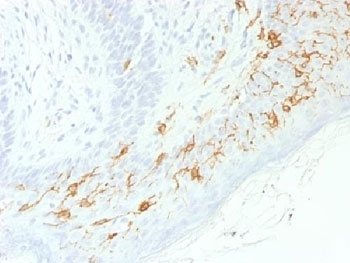
IHC testing of FFPE human skin with recombinant CD1a antibody (clone C1A/1506R). Required HIER: boil tissue sections in 10 mM Citrate buffer, pH6, for 10-20 min.
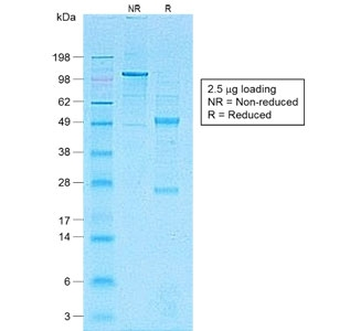
SDS-PAGE analysis of purified, BSA-free recombinant CD1a antibody (clone C1A/1506R) as confirmation of integrity and purity.
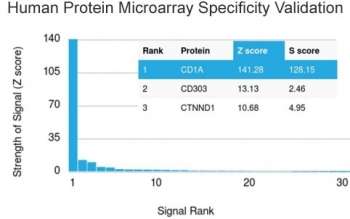
Analysis of HuProt (TM) microarray containing more than 19000 full-length human proteins using recombinant CD1a antibody (clone C1A/1506R). These results demonstrate the foremost specificity of the C1A/1506R mAb. Z- and S- score: The Z-score represents the strength of a signal that an antibody (in combination with a fluorescently-tagged anti-IgG secondary Ab) produces when binding to a particular protein on the HuProt (TM) array. Z-scores are described in units of standard deviations (SD's) above the mean value of all signals generated on that array. If the targets on the HuProt (TM) are arranged in descending order of the Z-score, the S-score is the difference (also in units of SD's) between the Z-scores. The S-score therefore represents the relative target specificity of an Ab to its intended target.
Human T-Cell Surface Glycoprotein CD1A (CD1A) ELISA Kit [orb1736607]
Human
0.16-10 ng/mL
0.061 ng/mL
96 T, 48 TRat T-Cell Surface Glycoprotein CD1A (CD1A) ELISA Kit [orb1736608]
Rat
0.16-10 ng/mL
0.07 ng/mL
48 T, 96 T
CD1a Antibody (orb750173)
Participating in our Biorbyt product reviews program enables you to support fellow scientists by sharing your firsthand experience with our products.
Login to Submit a Review


